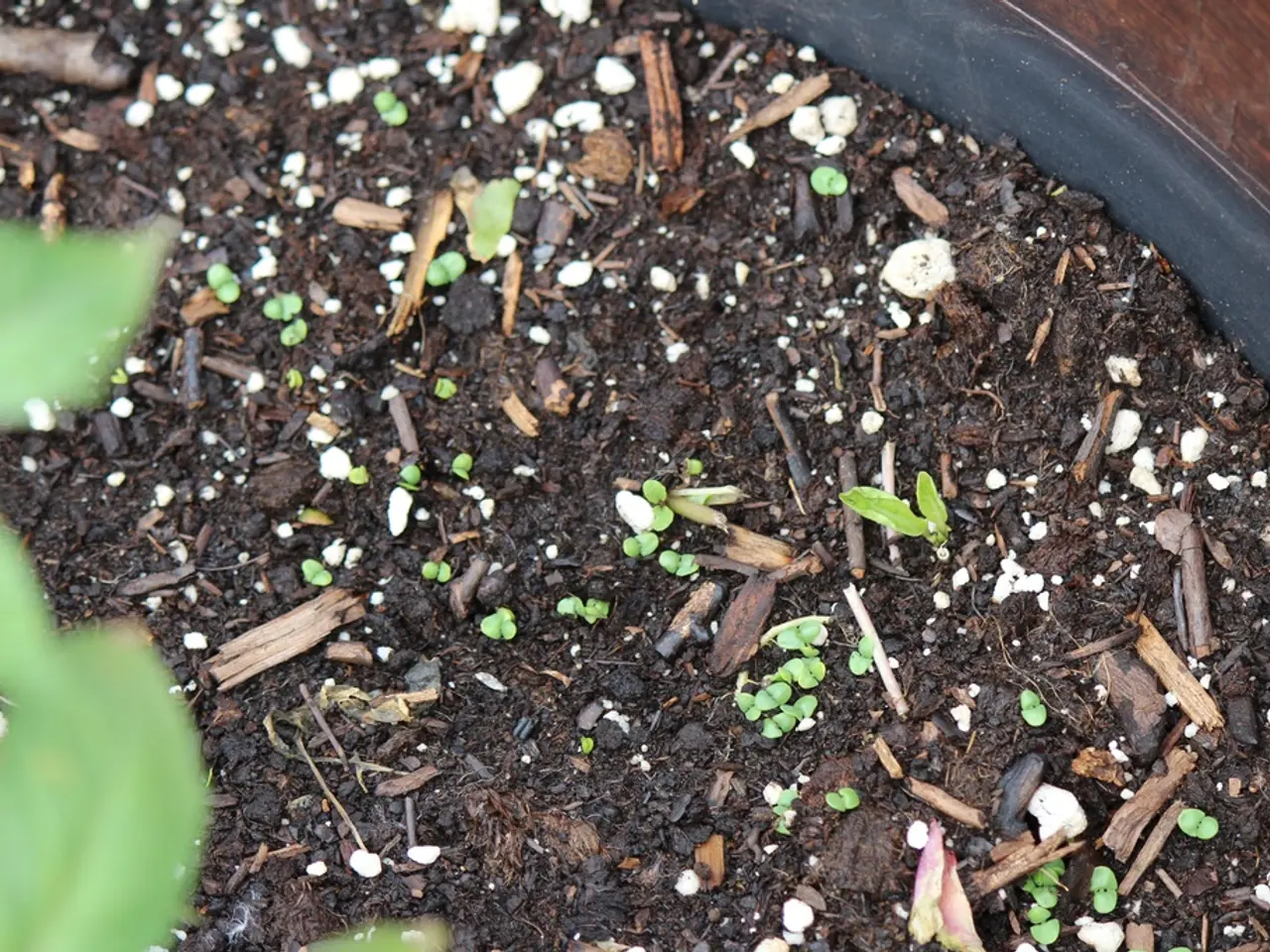Persistent Herbicides in Composting - Is Herbicide Residue Present in Hay?
In the world of gardening, maintaining a healthy and thriving garden is of utmost importance. However, there's a lesser-known issue that gardeners should be aware of - herbicide carryover. This condition, which affects plants, can mimic several other plant problems, causing stunted growth, distorted leaves, and even complete plant failure.
Soil amendments such as compost, animal manure, rotted leaves, straw or hay, shredded newspaper, and other carbon additives can potentially be sources of herbicide carryover. In country settings, these additives are often free, but they may be the source of grass herbicide carryover. The University of Washington extension site has examples of herbicide carryover in manure and other items from agricultural waste.
The only way to determine if there is grass herbicide carryover or manure contamination is through soil tests. If herbicide contamination occurs, the affected area cannot be planted in for 12 months due to high toxicity. Herbicides can remain active in manure, even after composting, and hay treated with herbicides can contain toxic compounds for months. Straw can also contain herbicides if it has been treated. Herbicide carryover can also leech into groundwater.
To prevent herbicide carryover in compost and soil amendments, follow these key practices:
1. Avoid adding herbicide-treated plant materials to your compost pile. Many persistent herbicides remain active in plant residues and can transfer their phytotoxic effects into compost.
2. Check the source of manure and compost products before using. Manure from animals grazing on recently treated pastures or purchased compost made from contaminated feedstocks may contain herbicide residues.
3. Compost thoroughly and for a long duration. Properly curing compost with balanced carbon-to-nitrogen ratios and turning it regularly helps break down many chemicals. However, some herbicides are very persistent and require extra care.
4. Test compost before use if you suspect contamination. Applying small amounts to sensitive plants and observing them can help detect potential toxicity.
5. When using herbicides in the garden or field, apply them carefully and according to label instructions to avoid drift or runoff into compost or soil amendments. Apply in cooler temperatures and low wind to minimize volatility and drift.
Pyridine carboxylic acids are the types of herbicides that persist for months and are mostly used to combat broadleaf weeds in fields. Herbicide drift happens when herbicides are applied in windy conditions and move through the air onto non-target plants.
Spotting the symptoms of herbicide carryover early can help you avoid widespread crop damage and adjust your soil management practices accordingly. These symptoms include stunted plant growth or complete failure to emerge, twisted, cupped, or distorted leaves, yellowing or browning of leaf margins without disease symptoms, root malformations or poor root development, and uneven or patchy growth patterns in crops or garden plants.
Bonnie L. Grant, a professional landscaper with a Certification in Urban Gardening who has been gardening and writing for 15 years, emphasises the importance of vigilant observation of plant health to catch signs of carryover toxicity. As a former professional chef with a passion for edible landscaping, Bonnie understands the importance of maintaining a safe and healthy garden.
In summary, prevention relies on careful source selection, proper composting techniques, cautious herbicide application, and vigilant observation of plant health to catch signs of carryover toxicity.
Science plays a crucial role in the field of health-and-wellness, as it helps gardeners identify and combat issues such as herbicide carryover. Fitness-and-exercise is also relevant, as maintaining a vigilant observation of plant health requires patience and persistence, much like staying committed to a fitness routine. Nutrition is essential to ensure a healthy garden, but it's also important to consider the types of materials used in soil amendments to avoid herbicide contamination, which can affect the nutritional content of the soil and the plants grown in it.







